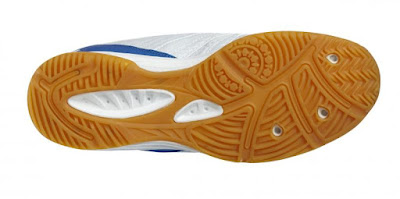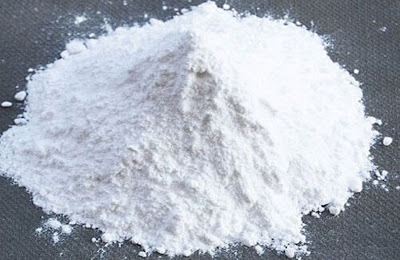Footwear Sole Materials: Choosing the Right Option for Your Needs
 |
| Footwear Sole Materials |
The sole of a shoe is one of the most important components that determines the shoe's performance, durability and comfort. Over the years, shoe manufacturers have developed various materials for shoe soles to suit different purposes and needs.
Leather
Leather has traditionally been one of the most popular materials used for shoe
soles, especially in dress and formal shoes. Leather soles are:
- Durable: Good quality leather soles can last for many years with regular
maintenance and conditioning. The material gains strength as it ages.
- Breathable: Leather pores allow moisture and heat to pass through, keeping
feet dry and ventilated.
- Slip resistant: The textured rough surface provides good traction on most
surfaces.
- Elegant look: Leather sole adds a classy appearance to dress shoes.
However, leather soles do have some drawbacks. They are susceptible to water
damage. When wet, leather soles can become slippery and wear out faster. They
also require regular conditioning to maintain flexibility and withstand
moisture. Leather soles are best suited for low-impact activities and indoor
shoe wear.
Rubber
Rubber has emerged as one of the most versatile and common Footwear
Sole Materials. The main types of rubber soles include:
- Crepe rubber: Soft and flexible rubber blend that provides cushioning and
shock absorption. Used in casual and athletic shoes.
- Thermoset rubber: Durable hardwearing compound that does not soften with
heat. Used in work, hiking and military boots for traction.
- Thermoplastic rubber: Softens on heating, retains shape on cooling. Used in
injection molding of sports shoe outsoles.
Rubber soles are waterproof, slip resistant and highly durable. They maintain
flexibility in varying temperatures and provide excellent traction on wet and
dry surfaces. However, rubber is not as breathable as leather and may cause
feet to sweat. Different rubber compounds are chosen based on shoe purpose and
required properties.
Cork
Cork material delivers lightweight cushioning and shock absorption. Some
advantages of cork footwear soles include:
- Comfortable: Naturally elastic and springy texture feels cushioned with every
step.
- Breathable: Open cell structure allows feet to breathe easily.
- Sustainable: Cork oak bark is harvested without harming the trees in an
eco-friendly process.
- Slip resistant: Textured surface provides sufficient traction on most ground
surfaces.
Cork soles are suitable for casual walking shoes and sandals. However, they
wear out faster than rubber and needs re-heeling. Cork is also not as durable
for high impact activities or outdoor use in wet weather.
Polyurethane
Polyurethane (PU) has become a popular synthetic alternative to natural
materials. Advantages of PU soles include:
- Long lasting: Highly durable thermoplastic elastomer does not peel or crack
easily.
- Lightweight: PU midsoles are 30-50% lighter than conventional rubber
midsoles.
- Customizable: Can be tuned with specific densities for cushioning or
stability.
- Abrasion resistant: Maintains shape and performance over extended use.
Modern athletic and sports shoes widely use layered PU foam midsoles and
outsoles with proprietary compounds. They deliver excellent energy return,
flexibility and shock absorption. However, PU is not as environment friendly as
natural materials.
Sports Sole Materials
Specialist materials are designed to meet the unique demands of technical
sports shoes:
- Carbon rubber: Ultra-hardwearing compound with carbon particles for traction
on synthetic tracks.
- EVA foam: Soft, resilient ethylene-vinyl acetate used for cushioning in
running and basketball shoes.
- Compressed foam: Firm yet responsive EVA or PU configurations for tennis,
squash, etc.
- Antimicrobial meshes: Breathable fabrics treated to fight odors in high sweat
activity shoes.
- Carbon fiber plates: Lightweight rigid plates for propulsion and torsional
stability in running shoes.
Get More Insights on Footwear Sole Material



Comments
Post a Comment